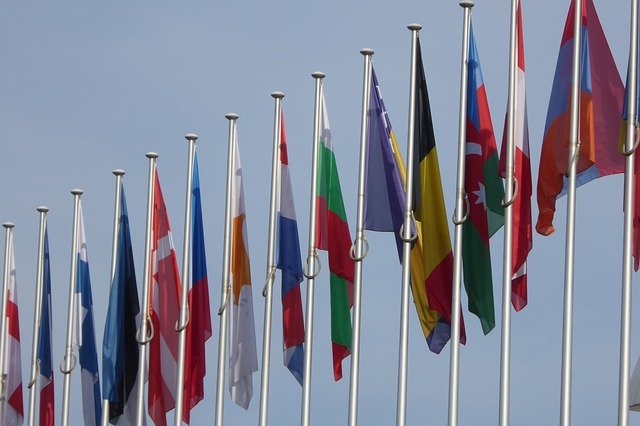With Fed/BOE hiking and ECB/BOJ easing, there is an equally marked divergence in monetary policy settings among EM central banks as well – with Asia on an easing bias and EMEA and Latin America on a neutral or tightening bias.
The US looks set to normalise policy rates as early as September and the Bank of England by Q1 2016, leading the DM pack. Incoming data have been supportive. The advance estimate of US Q2 GDP reported 2.3% annualised growth, but this was also because Q1 was revised up to 0.6% (earlier: -0.2%). Meanwhile, jobless claims, at 267k, still signal a robust job market. Personal consumption expanded by 2.9%, boosted by a 7.3% jump in goods sales. The UK economy is also on a strong footing, with Q2 GDP growth accelerating to 0.7% q/q (Q1: 0.4%), powered by resurgent services and confidence.
At the other end of the developed market spectrum are the QE central banks – the ECB and BOJ.
"In Japan, we now expect Q2 GDP to post a 1.7% annualised contraction (earlier: -0.5%). Although we believe recovery will resume in H2, we expect the BOJ to hike no earlier than 2018 and not before further easing in April 2016 via an expansion of an equity-linked ETF purchases," notes Barclays research.
In EM, the divergences are also becoming clearer. An easing bias is evident in Asia, where the Q2 trough was deeper than expected. Q2 GDP outturns in industrialised Asia have been especially dismal – Singapore (-1.2%), Taiwan (-2%) and Korea (0.3%) – largely on high inventories in the electronics supply chain. Even in India, where growth is improving, we believe the softer inflation backdrop is raising the probability of a 25bp repo rate cut by the RBI later in H2 15.
Although China reported stronger Q2 GDP (+7%), it is keeping the easing bias to temper a sharp equities correction. On the other (tightening) end of the EM spectrum, Latin American central banks remain on a tighter bias to fight inflation and in response to the stronger transmission from higher US rates.
In Brazil, the Copom hiked the Selic rate by a further 50bp this week to 14.25% (16th rate hike since 2013) as it tries to anchor inflation amid political pressure – even as growth slows.
"We do not expect a further hike in Brazil, but we do expect Banxico to react to a potential Fed move by hiking on 21 September," added Barclays.



 The RBA has kept interest rates on hold. Here's why it'll be cautious from here on
The RBA has kept interest rates on hold. Here's why it'll be cautious from here on  Inflation: raising interest rates was never the right medicine
Inflation: raising interest rates was never the right medicine  Why central banks are too powerful and have created our inflation crisis
Why central banks are too powerful and have created our inflation crisis  As treasurer, Bill Hayden set Labor on the path to economic rationalism
As treasurer, Bill Hayden set Labor on the path to economic rationalism  The yen plunges to 34-year low despite interest rate hike
The yen plunges to 34-year low despite interest rate hike 































